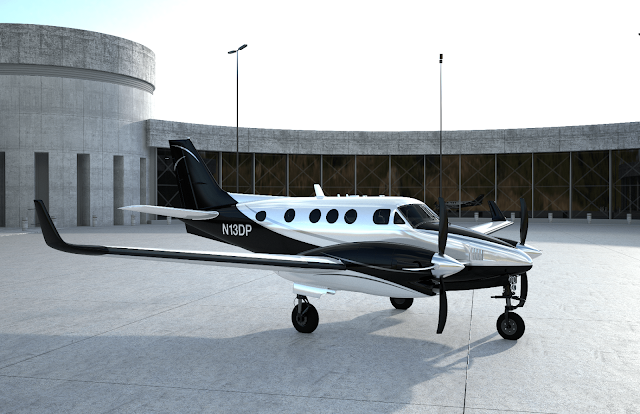In the ever-evolving landscape of aviation, technology has become a driving force behind innovation and progress. This is particularly evident in the realm of aircraft exterior design firms, where advancements in technology have revolutionized the way aircraft exteriors are conceptualized, created, and brought to life.
Evolution of Design Tools
Aircraft exterior design firms have witnessed a significant shift in the tools and techniques used to create stunning aircraft exteriors. With the advent of computer-aided design (CAD) software, designers now have the ability to create intricate and detailed aircraft paint designs with unparalleled precision. These digital tools allow for faster iterations and more efficient collaboration, resulting in faster turnaround times and higher-quality designs.
Virtual Reality and Augmented Reality
Virtual reality (VR) and augmented reality (AR) technologies have opened up new possibilities for aircraft exterior design firms. Designers can now immerse themselves in virtual environments, allowing them to visualize and interact with aircraft paint designs in real-time. This immersive approach enables designers to identify potential issues early in the design process and make adjustments accordingly, leading to more accurate and effective designs.
Advanced Materials and Manufacturing Techniques
Technological advancements have also played a crucial role in the development of new materials and manufacturing techniques for aircraft exteriors. Lightweight composite materials, advanced alloys, and carbon fiber-reinforced polymers offer superior strength and durability while reducing weight, resulting in more fuel-efficient and aerodynamic aircraft paint designs. Additive manufacturing, or 3D printing, has revolutionized the production process, allowing for the rapid prototyping of complex components and reducing lead times.
Automation and Artificial Intelligence
Automation and artificial intelligence (AI) have become integral parts of aircraft exterior design processes. AI algorithms can analyze vast amounts of data to generate optimized aircraft paint designs that meet specific performance criteria and aesthetic preferences. Automation tools streamline repetitive tasks, such as surface finishing and detailing, allowing designers to focus on more creative aspects of the design process.
Sustainability and Environmental Considerations
In recent years, there has been a growing emphasis on sustainability and environmental considerations in aircraft exterior design. Technology has played a crucial role in addressing these concerns by enabling the development of eco-friendly materials and manufacturing processes. Advanced coatings and finishes with low volatile organic compound (VOC) content minimize environmental impact, while digital simulations help optimize designs for fuel efficiency and environmental performance.
Collaboration and Global Connectivity
Technology has facilitated collaboration and global connectivity among aircraft exterior design firms, manufacturers, and suppliers. Cloud-based collaboration platforms enable real-time communication and sharing of design files and specifications, regardless of geographical location. Virtual design reviews and teleconferencing tools enable seamless collaboration, leading to more efficient and effective design processes.
Enhanced Safety and Regulatory Compliance
Advancements in technology have also enhanced safety standards and regulatory compliance in aircraft exterior design. Advanced simulation tools and digital twin technology enable designers to conduct virtual tests and simulations to ensure compliance with industry regulations and safety standards. Real-time monitoring systems help identify potential issues early, minimizing the risk of accidents and ensuring the safety of aircraft.
Future Trends and Opportunities
Looking ahead, the future of aircraft exterior design firms is filled with exciting opportunities and possibilities. Emerging technologies such as generative design, bio-inspired materials, and drone-based inspections are poised to revolutionize the industry. Aircraft exterior design company that embrace innovation and invest in technology-driven solutions will remain at the forefront of the industry, delivering cutting-edge aircraft paint designs that meet the evolving needs of the aviation sector.
In conclusion, technology has had a transformative impact on aircraft exterior design firms, revolutionizing processes, capabilities, and outcomes. From advanced design tools to sustainable materials and global collaboration platforms, technology continues to drive innovation and shape the future of aircraft exterior design. By leveraging the power of technology, aircraft exterior design firms can unlock new possibilities and deliver unparalleled aircraft paint designs that push the boundaries of creativity and performance.







No comments:
Post a Comment